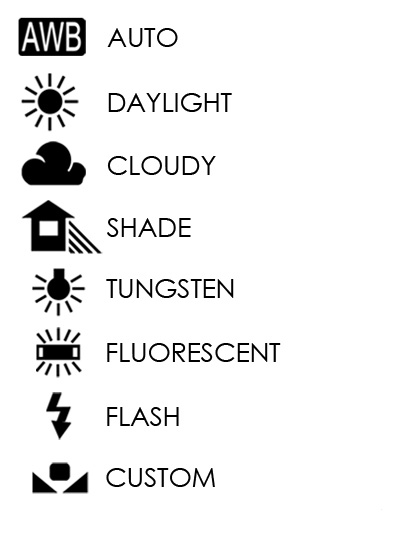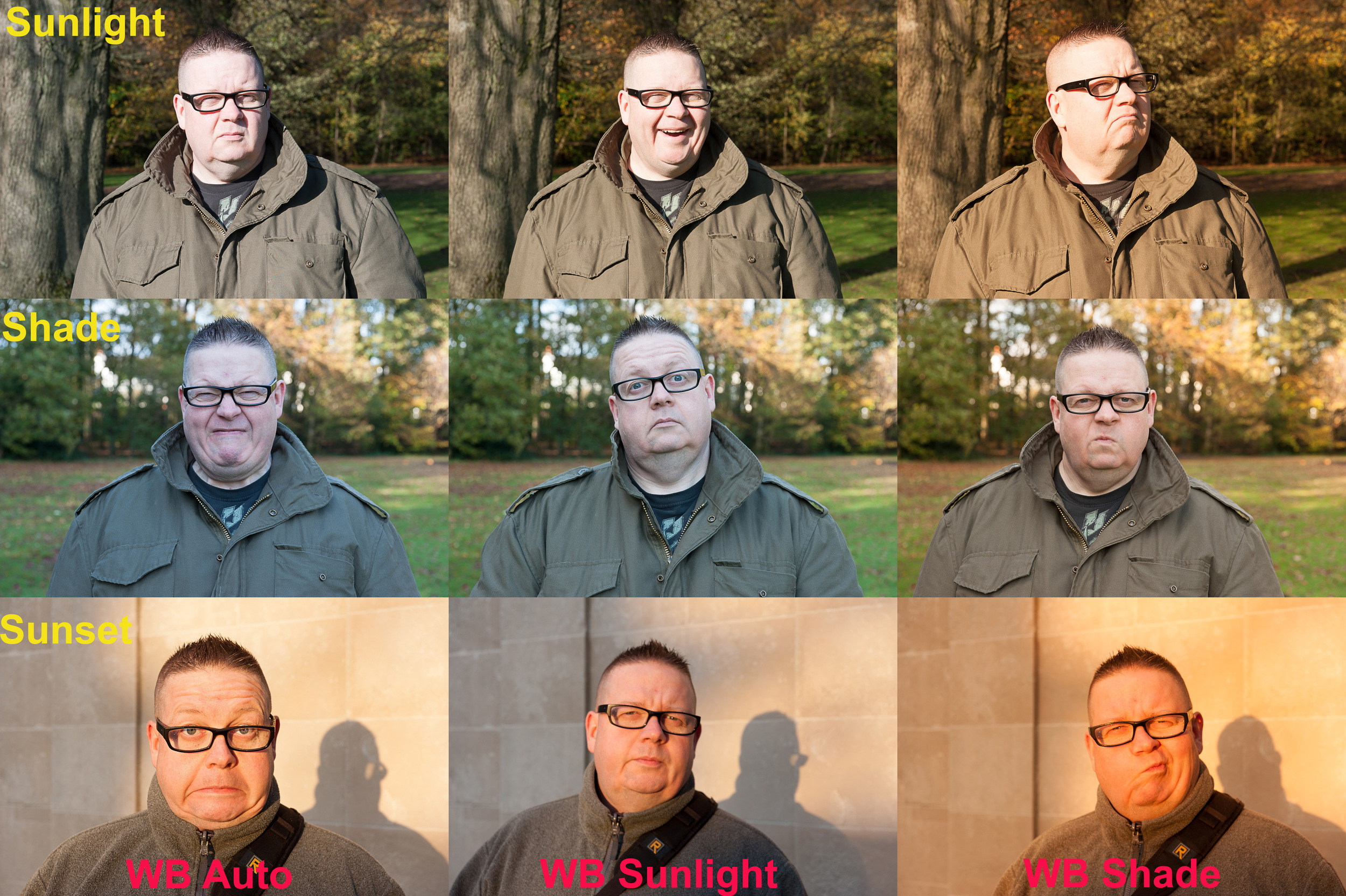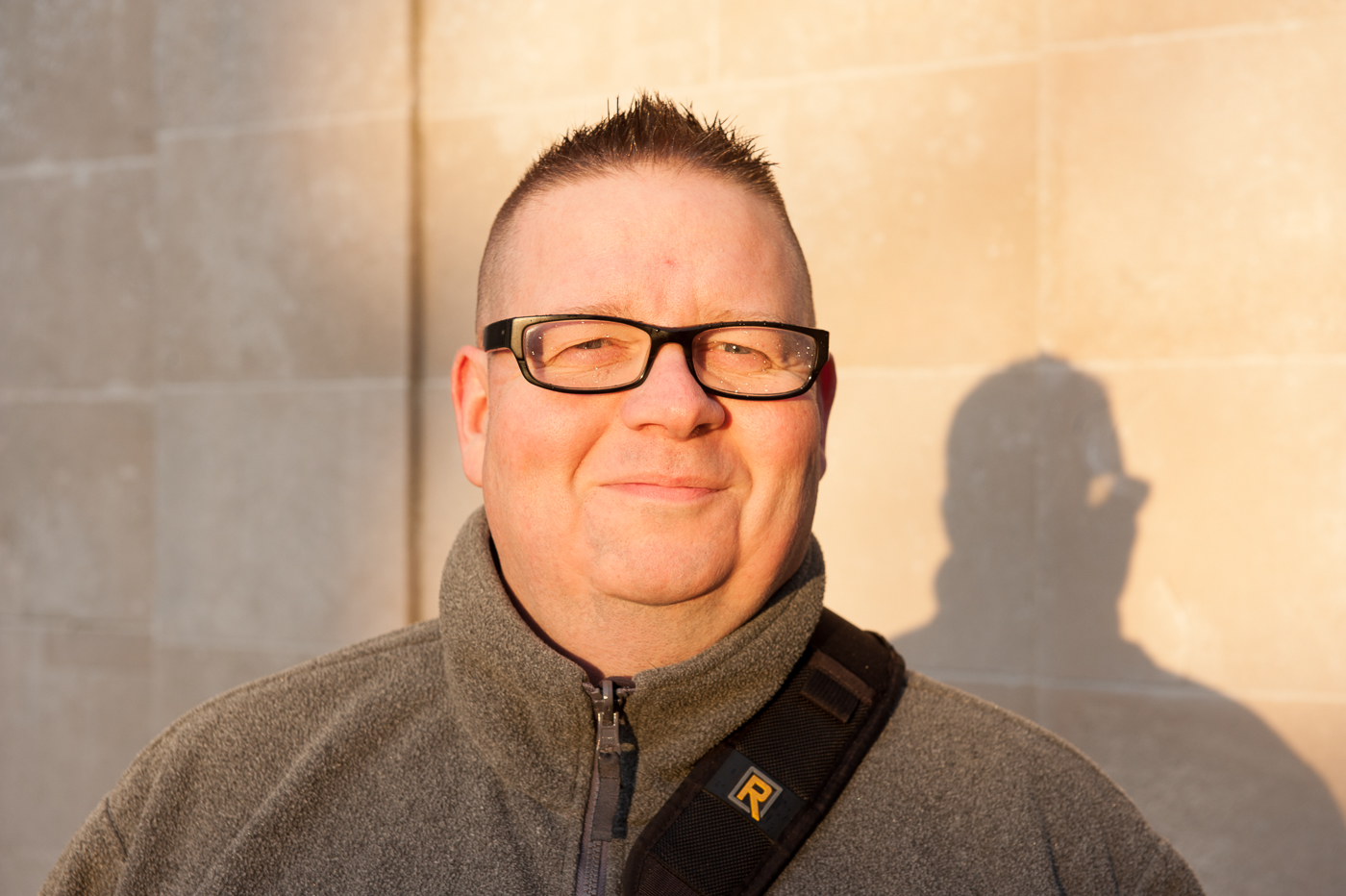In the previous exercise we discovered that the colour of light changes throughout the day and is also dependent on your surroundings. This exercise explores the effect of the cameras white balance (WB) setting on colour temperature. Most photographic film was balanced for "daylight" (ie 5500k on the colour temperature scale) therefore similarly to ISO, once you had your film in the camera you were stuck with that setting for the 24 or 36 frames on the film. This was not a huge issue if you were shooting in daylight but when shooting in a room lit by tungsten bulbs photographs would have a yellow cast (Freeman.1990). This could be overcome by using tungsten balanced film (eg Kodachrome 40) but you would be locked to the tungsten "setting" for the remaining frames on the film.
Freeman (2013) tells us that the colour of an object is a combination of the colour of the objects surface and the colour of the light hitting that surface. Therefore if we can control the colour of the light we can more faithfully reproduce the colour of the object/scene that we are photographing.
This exercise illustrates that concept. Modern digital cameras have the ability to set the colour temperature on individual photos if desired using the settings seen below. The custom white balance setting will allow the user to apply an individual setting on the colour temperature scale. The auto setting will attempt to automatically select the correct white balance value . As camera technology improves, the algorithms used to calculate auto white balance become more accurate. The auto white balance on my phone is incredibly accurate when taking photographs.
For this exercise I was to repeat the previous exercise of taking photos in midday sun, shade and sunset using the "daylight" white balance setting, but I was to also shoot on the "Shade" and "auto" white balance settings. the results can be seen in the matrix below
it is immediately apparent that regardless of the the WB setting, the photos taken at sunset, have a very yellow/orange cast . I would have expected the auto WB setting to be more accurate but perhaps as I have a slightly older camera (D700) its white balance features may not be as advanced as some of the newer models. I also noticed that because of the different backgrounds, in some cases, it was hard to judge the colour of my skin from photo to photo so I cropped the photos to show an area of my forehead from each shot.
What stands out in these shots is the variation in the auto white balance column. The three photos go from white to grey to orange. The other stand out is that, the photo taken using the sunlight white balance setting in direct sunlight and the photo taken using the shade white balance setting in the shade are virtually identical in hue and tone. which tells me that my cameras calibration is good even if the WB auto detection is not.
There is another element to compensating for white balance. Your digital camera has a processor onboard that takes the raw data hitting the sensor and processes it into a .jpeg file that is a common file format which can be read by computers (or phones and tablets) without the need for specialist proprietary software. In short it makes it easy for you to view and share your photographs. However there is a down side to allowing your camera to produce the .jpeg file. The settings are baked in and cannot be changed so if you shoot at the wrong white balance setting, or as in the case of the d700 the auto white balance is not incredibly accurate, you are stuck with it.
Many cameras will allow you to save your photos in RAW format ie record the raw data produced by the sensor which can then be processed on a computer (using specialist software) to produce the finished photograph. The workflow is comparable to shooting film and then producing negatives in the darkroom. RAW files are sometimes referred to as “Digital Negatives”.
Using a proprietary software such as adobe lightroom, apple aperture, darktable, lightzone, rawstudio, capture NX or one of the numerous other programs, you can make adjustments to your photographs before producing a final .jpeg image. One of the adjustments you can make is white balance. You can see in the 2 versions of the photograph below I have made WB adjustments to give myself a much more natural skin tone.
Reflection
I am most at home on this course when I am doing a technical exercise and on the face of it that’s what this was. I got to wax lyrical on settings, software, colour temperature and cameras, But underlying all this techno babble this there is another lesson to be learned from this exercise.
Light has varying colours depending on the time of day and this can be used to embue your photos with feeling and atmosphere. The yellow orange light of sunset can give a photo warmth as Renoir did with Le déjeuner des canotiers. The blue grey light produced by the shade gives a coolness think of Van Gogh’s self-portrait 1889. I am in no way comparing my work to these great artists but merely stating that the colour of light (and consequently the ability to adjust for it using white balance settings or software) is another way to express yourself in your photography and convey a message or feeling to the viewer.
I am learning that many of the things that we strive for when we start to learn about photography (e.g. perfect exposure, perfect composition, pin sharp focused photos, correct white balance. faithful colour reproduction) are part of photography craft. They are actually subjective and can be manipulated to communicate with the person viewing the photograph and produce photographic art.







